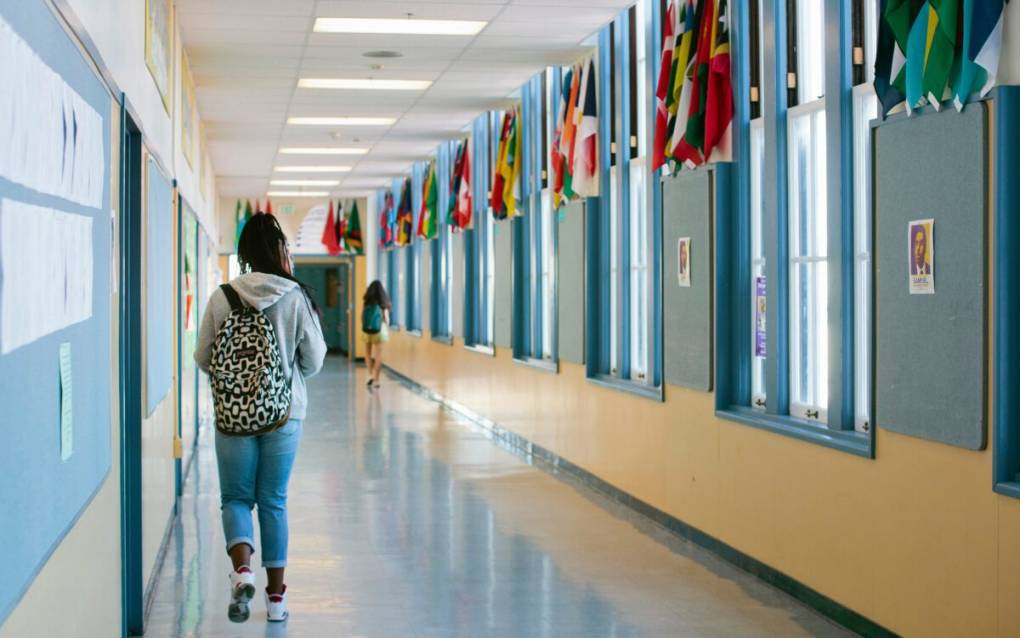The COVID pandemic, wildfires, economic uncertainty and persistent racial injustices have upended nearly every aspect of children’s lives in California, according to one of the first comprehensive surveys of young people’s overall well-being since the pandemic began.
The 2022 California Children's Report Card, released Wednesday by the Oakland-based research and advocacy organization Children Now, offers a glimpse into the struggles — and victories — children have experienced as the pandemic approaches the end of its second year. Education, child care, physical and mental health, homelessness, poverty, juvenile justice and food security are among the topics explored in the report, which issues A through F letter grades based on data and state policies.
“For years, policymakers have been saying, ‘Of course, of course, kids are a priority,’ but what we know is, that it’s not enough,” said Ted Lempert, president of Children Now, which has been compiling the annual surveys since 1990.
“The situation is especially grim because of the pandemic, and children have to be our No. 1, No. 2 and No. 3 top priorities. Not ensuring that our children are healthy and educated will have an enormous impact on our economy and our democracy. ... It’s doable. We just have to do it.”


